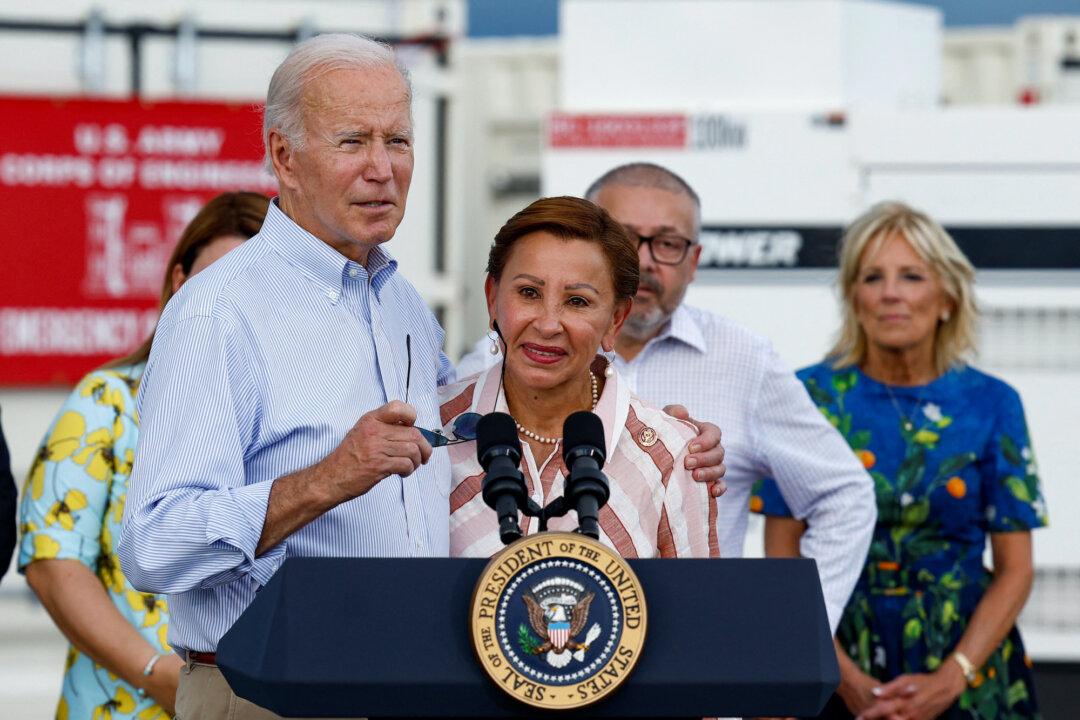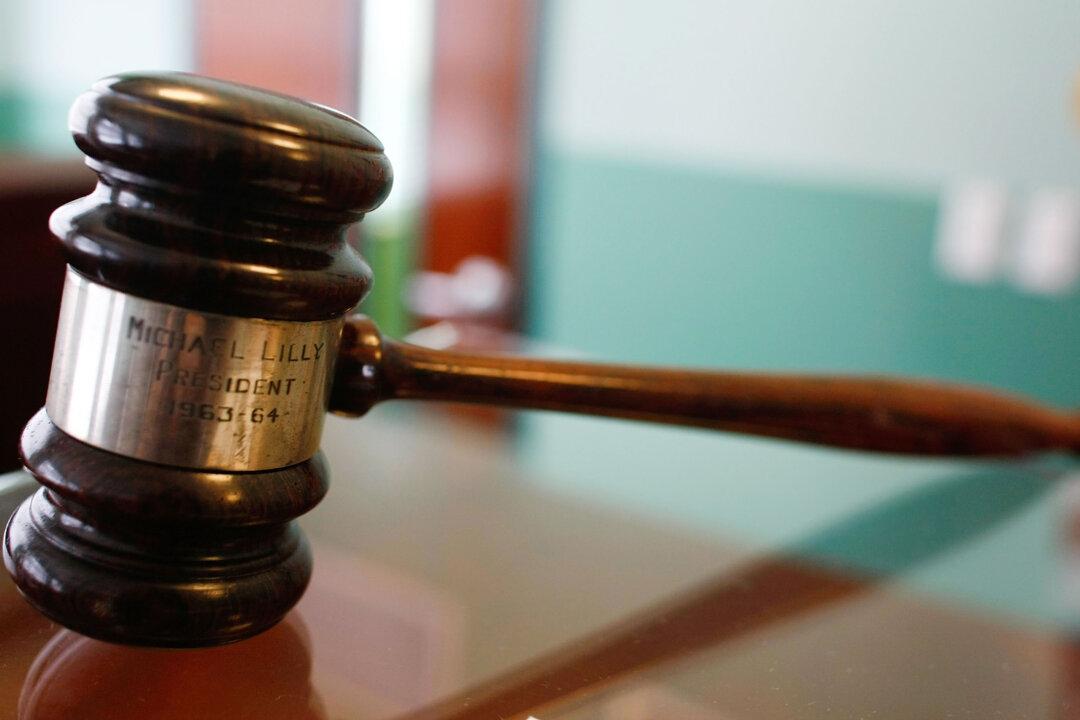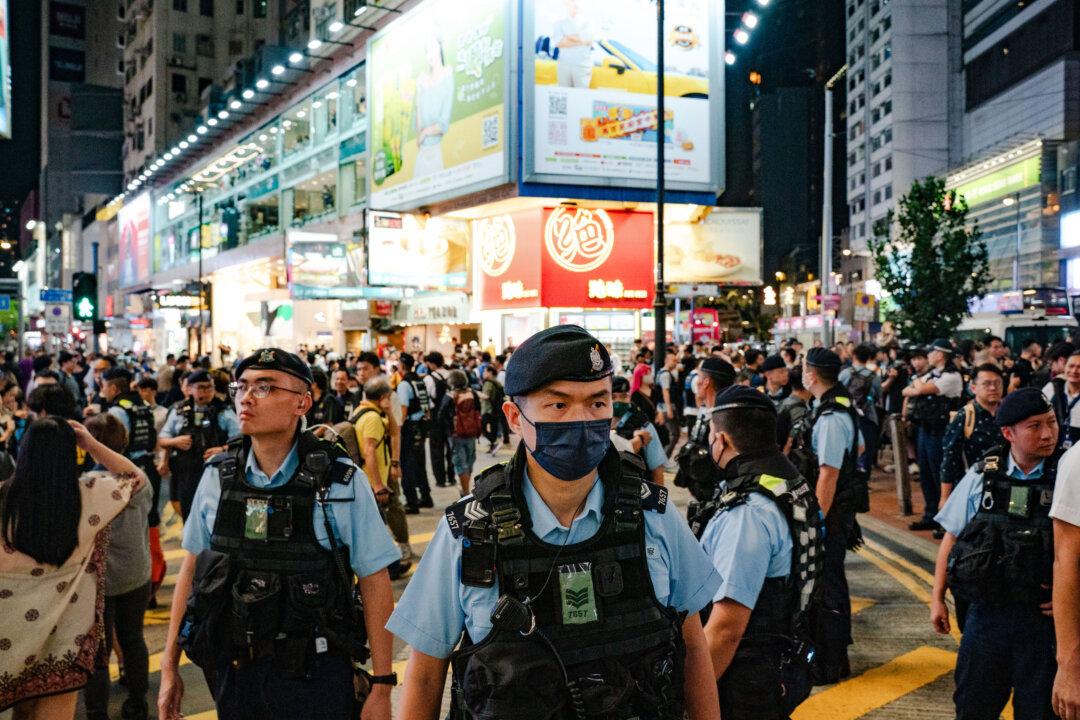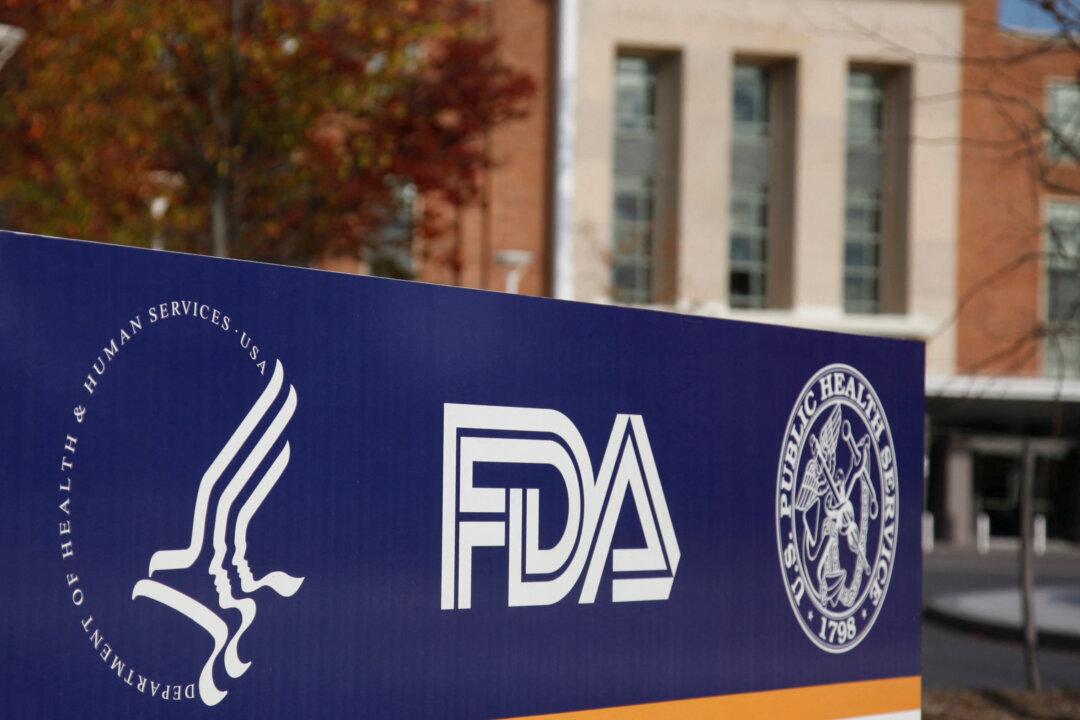President Joe Biden on Monday pledged $60 million in aid for Puerto Rico while visiting after Hurricane Fiona devastated the island as a Category 1 storm around two weeks ago, leaving most without power.
The president and first lady met with Puerto Rican residents impacted by Fiona on Monday, two weeks after the storm ravaged the island on Sept. 18, dumping 30 inches of rain, and tearing up roads, water pipes, and power lines.





